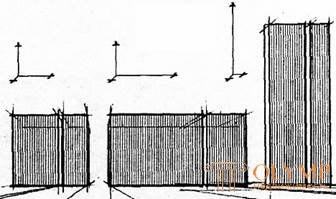
A variation of this construction is the frontal composition , which is deployed frontally to the main point of view. Its characteristic feature is the construction of an architectural-spatial form in two coordinates: vertical and horizontal; depth building has a subordinate meaning. However, this condition is very restrictive. A characteristic feature of the frontal composition is the aspect of perception, and not the objective properties of the form; buildings of volumetric structure may have front
Types of frontal composition:
• The ratio of coordinates along the front can be equal or close to equality, or contrast with the predominance of horizontal or vertical coordinates (Fig. 14).
Excessive development of the horizontal coordinate is not typical for the frontal composition, since in this case the depth of space along the front begins to work. Excessive development of the vertical coordinate brings the frontal composition to the bulk (Fig. 15). The frontal composition may have a symmetrical or asymmetrical construction (Fig. 16).

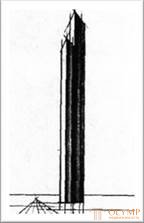
Figure 14 - The most characteristic Figure 15
aspect ratio for frontal composition
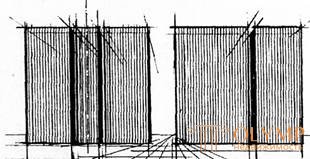
Figure 16 - Symmetric and asymmetric frontal composition
The frontal composition can be built on the basis of one - the dominant volume, with the subordination of all other elements to it; or the composition can be based on several elements that are in a nuanced relationship (fig. 17).
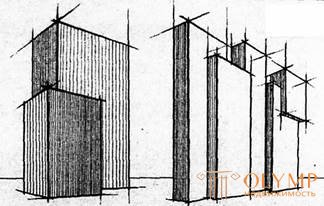
Figure 17 - The ratio of elements in the frontal composition
4.1 Techniques for using properties
To construct the frontal composition, it is preferable to use the elements of the first stereometric group - parallelepipeds and cubes, since the vertical straight lines of these bodies are most typical for the frontal composition.
The ratio of coordinates is better to use planar elements. The development of these bodies in two coordinates creates an active front. This does not exclude the possibility to use the volume and linear elements of any other stereometric outlines when building the frontal composition.
In the architectural composition of the most typical is the use of the same or similar forms. In some cases it is possible to use two or three different forms.
Changing the size of the elements in the horizontal and vertical directions makes it possible to find relationships between them that create the integrity and unity of the composition. A consistent change in the size of the elements (an increase or decrease in one direction) can lead to visual destruction of the frontal surface.
The massiveness of the elements is the basis of the frontal composition. Changing the massiveness of the forms, as well as the relationship between space and mass, influence the nature of the composition.
The prevalence of space over the mass of elements can lead to the destruction of the frontal composition (Fig. 18).
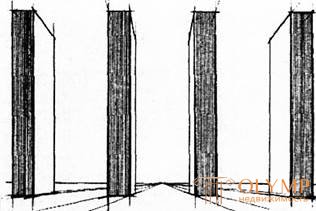
Figure 18 - Destruction of the frontal composition due to the predominance of the space between the intervals over their mass
The most characteristic feature of a frontal composition is such an arrangement of forms in space, when the dominant axis and mutually perpendicular faces are parallel to the axes of coordinates. This does not exclude the possibility of turning or tilting elements within acceptable limits.
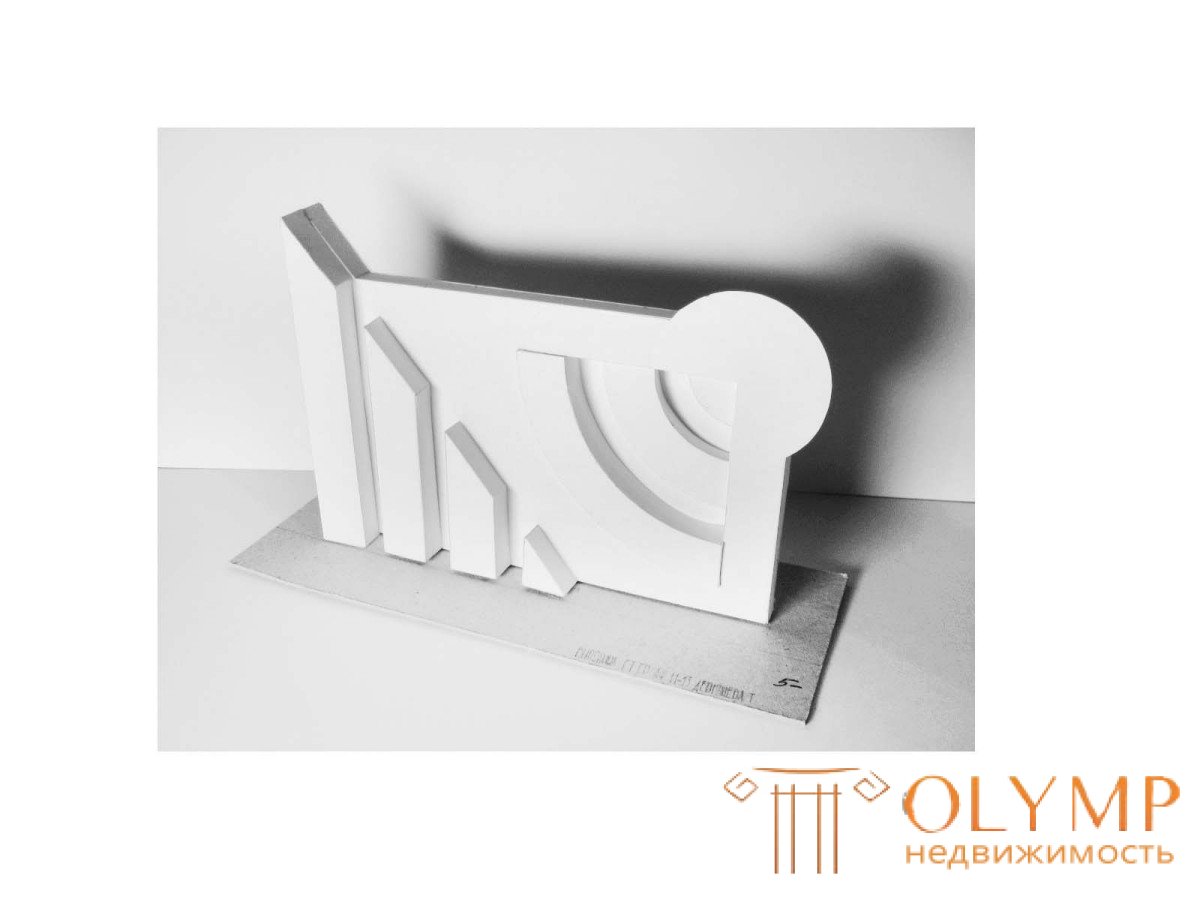
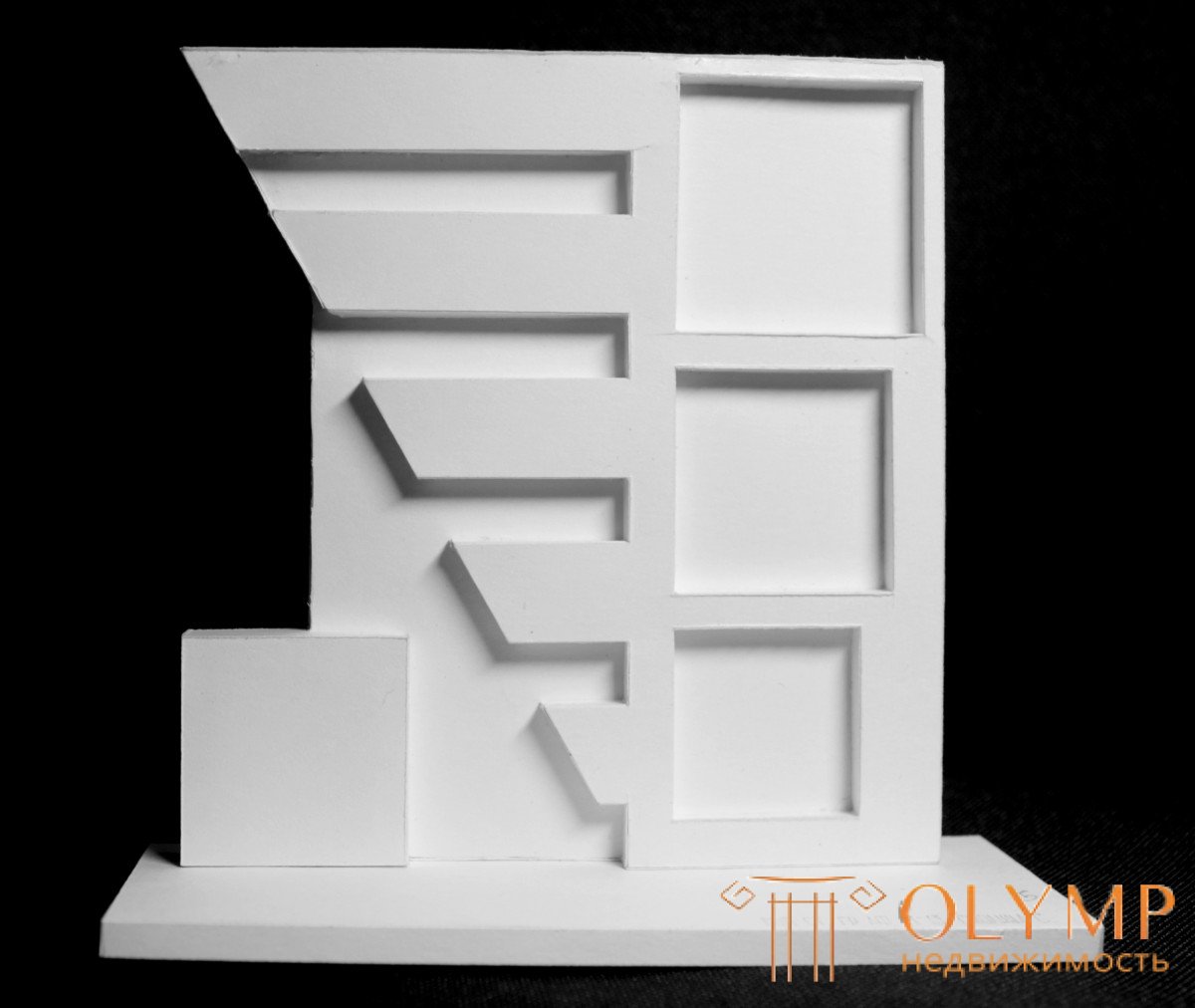
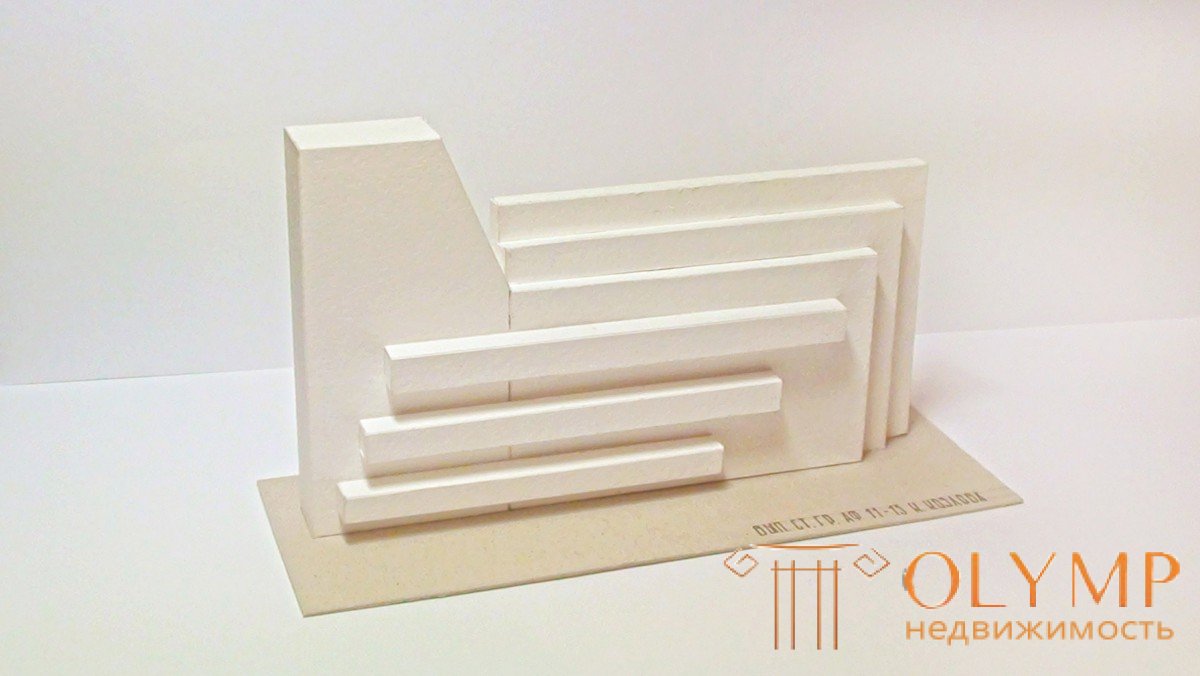
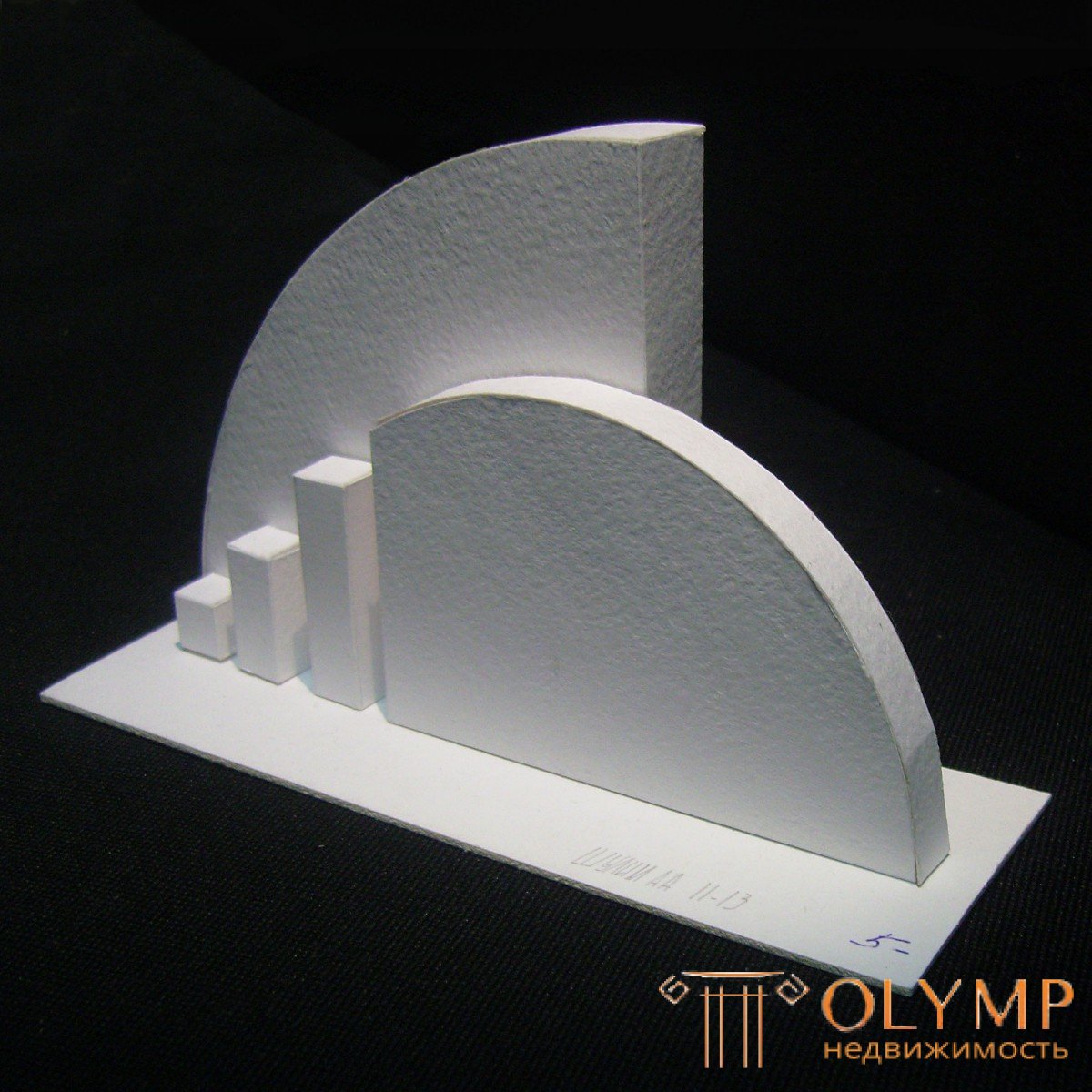
Что бы оставить комментарий войдите
Комментарии (0)